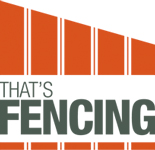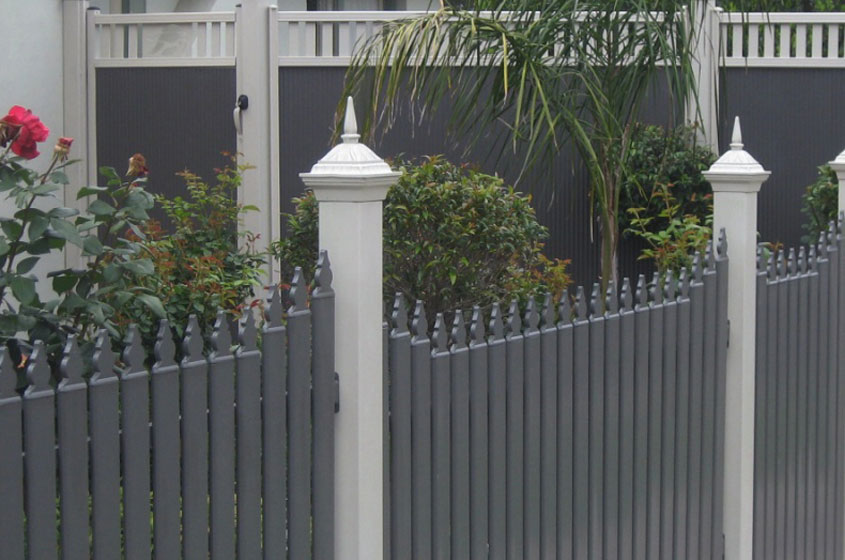5 Benefits of Timber Fencing
If you’re thinking about improving your property’s boundary, timber fencing provides numerous advantages that you shouldn’t ignore. Its strength and attractive natural look can significantly improve your outdoor area, creating a cosy and welcoming environment.
Not only is it affordable, saving you money initially, but it also promotes environmental sustainability, making it a thoughtful option. With the added benefit of flexibility in design, you can tailor your fence to suit your preferences.
However, there is more to timber fencing than you might realise and learning about these aspects could alter your perception of your property’s boundaries significantly.
1. Durability and Longevity
Timber fences last a long time. High-quality wood types such as cedar, merbau, and treated pine can withstand harsh weather conditions. They stay strong in the face of heat and rain. Advanced treatments improve their ability to resist the weather. These treatments provide protection against moisture, insects, and decay.
Selecting durable wood and giving it proper care can reduce the need for replacements. This decision is beneficial for the environment.
2. Natural Aesthetic Appeal
Timber fencing enhances the beauty of outdoor spaces. It provides a natural and welcoming appearance that adds rustic charm. It also complements the surrounding landscapes.
Timber is available in a range of colours, textures, and grains, allowing for personalised appearances. You can select from classic to contemporary designs. Timber fencing seamlessly fits into both natural and man-made environments.
The warmth of timber provides comfort. Each timber species has its own distinct characteristics. Cedar has subtle tones, while redwood boasts rich hues.
Timber fencing is more than just a boundary; it is a form of natural artistry that enhances the attractiveness of a home.
3. Cost-Efficiency
Timber fencing offers both visual appeal and cost-effectiveness. Its initial cost is lower than metal or vinyl. Treated pine, a popular choice, is budget-friendly. Timber’s durability matches that of more expensive materials with proper care.
It allows for savings by using it for both posts and rails. This method also supports sustainable practices. Timber fencing therefore emerges as a wise economic choice for homeowners.
4. Environmental Sustainability
Timber fencing supports environmental sustainability. Timber, a renewable resource, allows for continuous growth and harvest. It balances ecosystems unlike finite resources.
Timber fencing reduces the carbon footprint. Species like merbau capture atmospheric carbon dioxide. This action reduces greenhouse gas effects.
Sustainable sourcing of timber matters. Choose timber from responsibly managed woodlands. Look for certifications from recognised organisations. These certifications ensure eco-friendly harvesting. They also ensure social equity and economic viability.
5. Versatility and Customisation
Timber fencing provides a range of design options, guaranteeing both practicality and attractiveness. This wooden barrier allows for personalisation, reflecting individual style and requirements. Its versatile style, particularly seen in architecture, complements different house exteriors.
Choices vary from traditional split-rails to more refined pickets. Timber fencing permits adjustments in height, catering for privacy or property delineation. Blending different wood types and designs produces distinctive, ornamental barriers.
Stains and finishes improve the natural appearance of timber, providing a wider selection of beautiful finishes. Its strength and flexibility make it a preferred option for both aesthetic appeal and functionality.
Best Types of Timber Fencing for Your House
When selecting the best types of timber fencing for your house, consider the specific requirements of your property. Assess the need for weather resistance and durability, particularly in areas with severe weather. Cedar and redwood are known for their resilience. Opt for sustainably sourced timber to minimise environmental impact.
Termite protection is a crucial factor. Treated woods, like pine, deter termites. Privacy is another significant consideration. Vertical board fences provide more seclusion due to their taller, denser designs.
These considerations will result in timber fencing that’s durable, environmentally conscious, pest-resistant, and private.
With this knowledge, you’re better equipped to make a wise decision. The next step is to look at how to select the right timber fencing.
Choosing the Correct Timber Fencing
Choosing the correct timber fencing involves understanding your specific needs and aligning them with the correct type of wood.
Sustainability is a factor; choose wood types harvested responsibly. Buying locally can reduce transport emissions and support your local economy.
The durability of your fence matters; hardwoods such as oak and cedar are known for their longevity. Treatments that preserve wood can help resist decay and pests, thus prolonging the life of your fence.
Lastly, consider the suitability of different timbers to your local weather conditions. Certain woods perform better in humid climates, while others are better suited to arid regions.
Choosing wisely will ensure your timber fence remains functional for a long time.
How to Install Timber Fencing:
As an experienced installer, we’ll give you some pro tips on how to install timber fencing yourself.
The process of installing a timber fence begins with gathering your materials and tools. Safety measures should include wearing safety glasses, gloves, and sturdy footwear. Prepare the ground by removing rubbish and levelling the area.
The next stage involves outlining the fence line and determining the positions for the posts. The setting of the posts is a vital step. Holes for the posts should be dug deep enough to ensure their stability. After placing the timber posts in the holes, secure them with concrete.
Once the concrete has hardened, attach the fence panels to the posts. Correct installation contributes to the lifespan of your timber fence.


